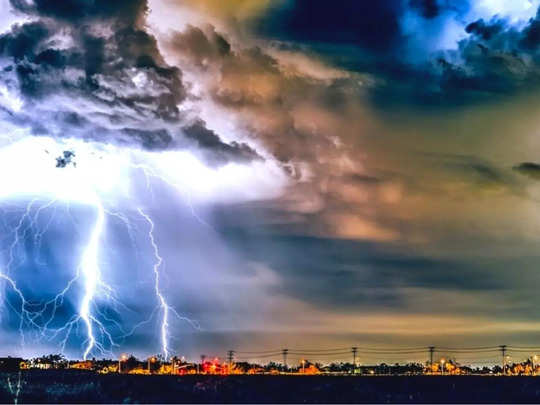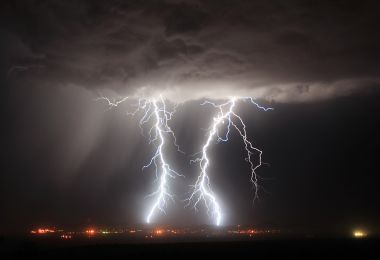The Sky’s gorgeous yet occasionally ominous hues reveal a plethora of weather-related information. Many nautical proverbs, such as “Red sky at night, sailor’s delight; red sky at morning, sailors take warning,” have sailors relying on the color of the Sky to forecast the weather for years. Start with your instincts. Large, rolling clouds in the Sky are a very dependable indicator of impending rain or thunderstorms. Larger cloud formations frequently cause the Sky to darken and turn a deep blue, grey, or charcoal color prematurely. Your instinct will probably lead you to believe that there will be severe weather soon.
Use adages from the past. The phrase “Red sky at night, a sailor’s delight” is well known to all sailors. There is some scientific support for these sayings. When weather systems move from west to east, they can cause the western Sky to turn red (or orange, or pink) as the storm passes by at sunset. This phenomenon is known as the “red sky.”
Look for vibrant, exotic hues. Like the hue red, the colors green, blue, purple, and orange in the Sky also signify the atmospheric presence of particles, which is usually caused by weather patterns and cloud formations. The time of day is very important in defining the color of the sky because the angle of sunlight’s refraction against the cloud gives a diverse color. So, to determine where and when the weather is coming from, use the location of the color in the Sky and the predominant wind direction.
Look for unusual hues. Green, blue, purple, and orange hues in the Sky, like red, also signify the presence of particles in the atmosphere, which are frequently brought on by weather patterns and cloud formations. A variety of colors are produced depending on how the sunlight is refracted by the cloud. Therefore, the time of day plays a big part in deciding the hue of the sky. Therefore, to determine where and when the weather is coming from, use the location of the color in the Sky and the predominant wind direction.
Be mindful of the hue and clarity. One such excellent weather indication that frequently appears in color is fog. The Sky in the summer is a dull, hazy yellow. Consider summer fog to be a harbinger of favorable weather the next day. On the other hand, winter fog signals the collision of air currents with varying humidity levels, which frequently results in rain.
Source: Gone outdoors
Keep reading IWMBuzz.com





